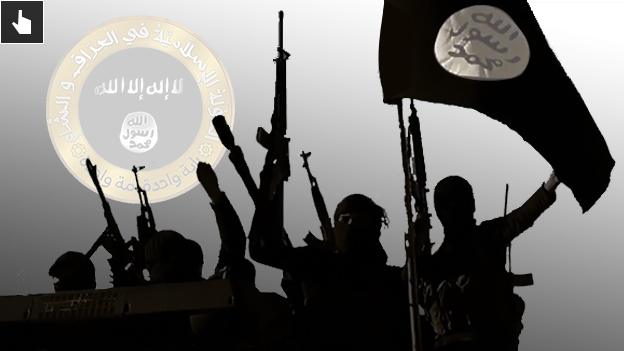Iraq crisis: Arming the Kurds
- Published
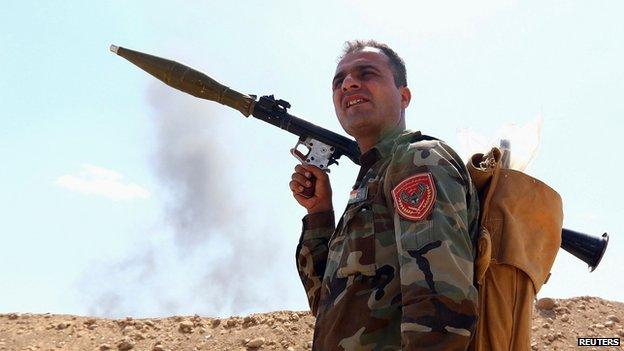
A Kurdish fighter with an RPG in Nineveh. Peshmerga have complained of being outgunned by IS militants
As Iraq's Kurdish forces seek international help in their battle against the advance of Islamic State (IS) militants, the BBC looks at what weapons the Kurds have got, and what they want.
Kurdish forces in northern Iraq have complained of being outgunned in their fight against Islamic State (IS) militants, who have taken control of large areas of the country.
Islamic State boosted its weaponry considerably when it acquired US-made arms and military vehicles, including tanks, which were left by Iraqi troops fleeing their advance.
Helgurd Hikmet Mela Ali, a spokesman for the Kurdish Peshmerga forces, said on Thursday: "When [IS] entered Mosul, the Iraq army fled head over heels and left behind a modern weapons arsenal for 70,000 soldiers."
"We, on the other hand, just have the weapons that were left after the fall of Saddam," he added.
The weapons the Kurds are fighting with are predominantly old, Russian-made arms - like the Kalashnikov rifle - and they have called on the West to supply them with modern, heavier weapons.
A wish-list of their desired weapons, reportedly sent to the Pentagon, external, includes Javelin anti-tank missiles, air defence systems, armoured personnel carriers, drones and night vision equipment.
The US has said it has begun sending arms to the Peshmerga, but Masrour Barzani, Kurdistan's security chief, told the BBC on Friday that so far they had received only some ammunition and light machine guns, but "nothing as effective as we are asking for".
US officials have called on their European allies to help, and France has said it will begin shipping weapons to the Kurds in the coming days, although it is unclear what those weapons will be.
The UK has said it will be flying Soviet-era ammunition from eastern European countries to Kurdish forces.
Germany said it would "go to the limits of what is legally and politically possible" in its military support for the Kurds, but what that means in material terms is unclear.

What arms do the Peshmerga have?
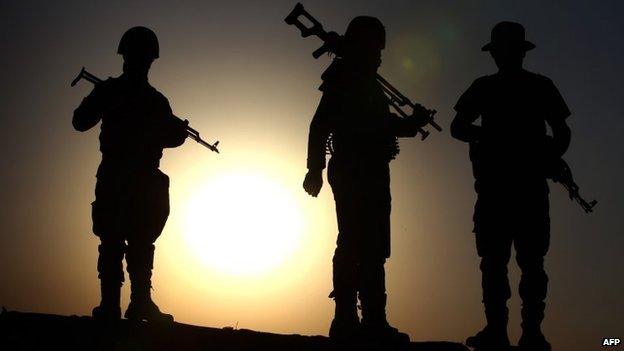
AK 47 - a Soviet assault rifle also known as a Kalashnikov. It is one of the most widely available rifles in the world because of its low cost to manufacture, ease and durability.
BGM 71 TOW - a US built, anti-tank missile. The missiles originate from the 1970s and have a range of around 3,700 metres (4,050 yds).
D-30 122mm Howitzer - a Soviet built artillery gun. The gun fires shells and has a range of around 15km (9.3 miles).
RPG 7 - a Russian, unguided and portable rocket-propelled grenade launcher. The projectiles can be used up to as far as 800-900 metres but its accuracy is sharply compromised after 100 metres and can explode before reaching its target when used at great distance.
M224 Mortar - a US made lightweight, portable weapon which was used extensively during the Gulf Wars. It has a range of around 3,500 metres and is used primarily against infantry but also shoots smoke, infrared cartridges.
SA-7 manpads - a Soviet built portable surface to air missile. It has a system which guides an explosive warhead and is very effective in targeting helicopters and low-flying aircraft as far as 5km (3 miles) away.
T 54, T 55 tanks - a Soviet tank line that was produced after World War Two. They are used extensively throughout the world and the units are fitted with machine guns and rifles.
Eurocopter EC120 Colibri - a European, Chinese-made light helicopter which is used by the Kurdish traffic police but is also used for surveillance and rescue operations.
- Published9 September 2014
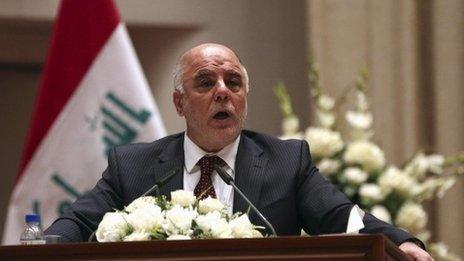
- Published12 August 2014
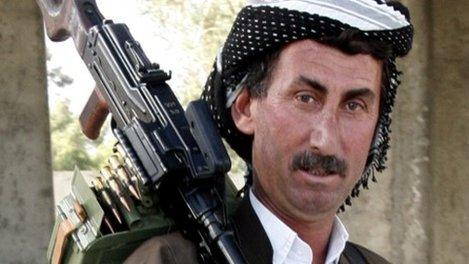
- Published11 August 2014
